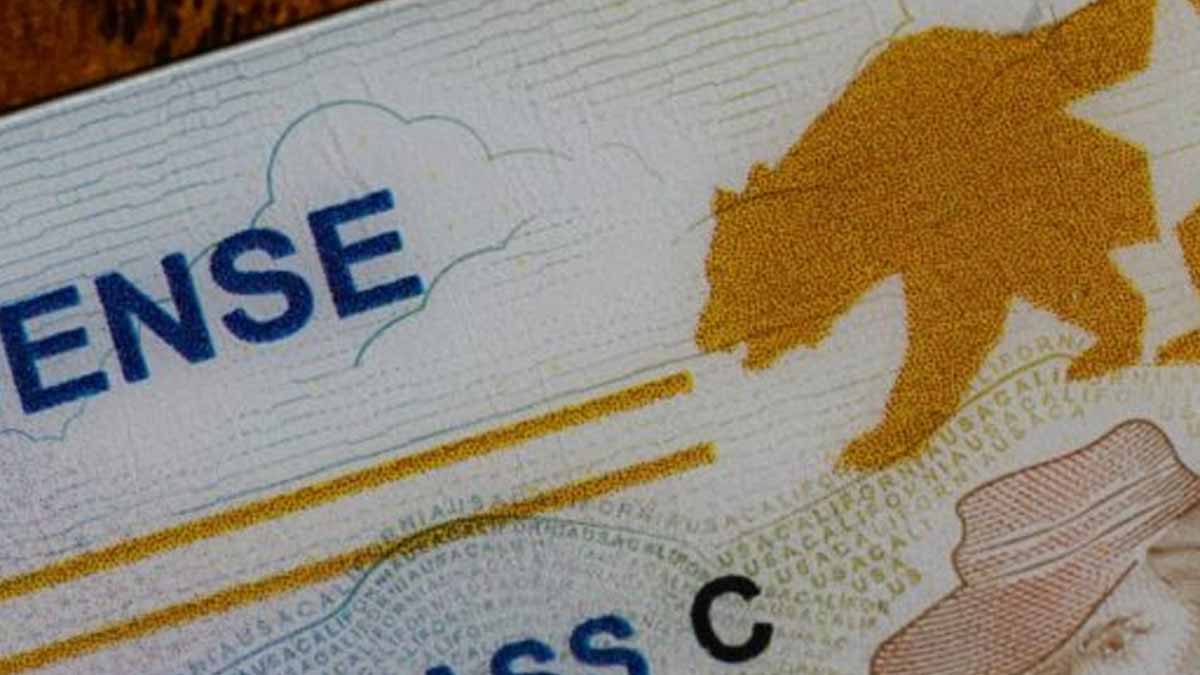The line at airport security will soon feel different, because rules are tightening for domestic travelers. Starting next year, a new standard becomes the norm at checkpoints across the country. Your usual license may not be enough, so preparation matters now. With REAL ID, you meet federal verification rules without carrying a passport. The card looks familiar, yet the security bar is higher. Keep your documents ready, because the change affects flights and federal access. Travel stays simple when your license does the heavy lifting.
Understanding the change and what it actually means
Air travel within the U.S. will require a license that meets federal standards. States still issue the card, as before, because licensing remains local. The difference sits in the rules behind it. Uniform checks now back the card, so identity data aligns with national security expectations. That uniformity helps screeners verify travelers quickly.
The card resembles your current license, while one detail sets it apart. Look for a small gold or black star in the corner. That mark signals compliance. Screeners read it fast, because the symbol shortcuts questions. Without the star, your license still works for driving, banking, and daily life. Security lines, however, follow federal rules.
Where does this matter in practice? Start with airport checkpoints for domestic flights, then consider federal buildings. Military installations also apply these standards. A non-compliant license will stop you there. You will need another accepted document. Screeners will not arrest you, yet they will deny entry. Planning ahead prevents costly misses.
How REAL ID works at airports and beyond
Many travelers carry a passport as a backup, because it remains a valid federal document. You can still use that, and screeners accept it. Yet carrying a passport for quick trips feels risky and inconvenient. The compliant license fits your wallet, so everyday travel stays light, simple, and familiar.
If you skip the upgrade, your license keeps its driving power. It still proves identity for local needs, because those rely on state rules. TSA rules differ, so a non-compliant license stalls you at the queue. You will show an accepted federal ID, pay to change plans, or return home frustrated.
The same standard extends to federal buildings, because unified checks reduce confusion. Courthouses, some federal offices, and bases apply it consistently. Workers, contractors, students, and visitors all meet the same bar. The goal is smoother verification, as staff scan cards quickly. The small star helps them move lines, and it reduces disagreements.
What you must bring to the DMV, step by step
To upgrade, gather documents before you book an appointment, because missing papers cause rework. Bring proof of identity, such as a valid U.S. passport or an original birth certificate. Add proof of Social Security number, like an SSN card, a W-2, or a pay stub showing the full number. Expect staff to check every detail.
You also need two proofs of address that show your name and current residence. Utility bills, bank statements, mortgage papers, and lease agreements work well. Paper or digital copies depend on state rules, so check your DMV site first. If your legal name changed, add marriage or divorce documents. Courts issue valid records.
Appointments remain common, while walk-ins vary by office. Some centers process upgrades during renewals, because the systems align. Others require separate applications with fees. Staff verify your documents, then capture a photo. Your temporary card may print on the spot. The permanent license arrives by mail, because central printing protects security steps.
Timing your REAL ID upgrade without stress
The official enforcement date is May 7, 2025, and airports will apply it nationwide. Do not cut it close, because appointment slots fill fast. Processing times vary by state, and print-and-mail delays add days. Some people receive a card within a week, while others wait several weeks. Early action removes that uncertainty.
Start with your DMV’s website, because requirements differ slightly across states. Many offices list acceptable documents clearly. They also offer scheduling tools and fee tables. You might upgrade at renewal, which saves time and money. If your renewal falls after the deadline, book a standalone appointment instead. The key is planning around your travel calendar.
Build a small checklist and place it near your travel gear. Keep a current utility bill and a bank statement, because those expire as proofs. Store certified vital records securely. Scan backups for reference, while you carry originals to the office. A tidy folder saves minutes at the counter and avoids second trips.
Background, delays, and what truly changes in 2025
The law behind these cards dates back to 2005, after findings from the 9/11 Commission. States once followed uneven standards, so verification sometimes fell short. The federal government set a single baseline, and states modernized systems. Implementation took years, because databases, training, and printers needed upgrades. Then extensions pushed the timeline repeatedly.
A pandemic also complicated office visits, because in-person verification is essential. Deadlines moved several times, and many travelers tuned out the reminders. The policy never vanished, though. The Department of Homeland Security now says enforcement begins next spring. Airports will standardize checks on the same day. That clarity finally ends guessing.
What truly changes for travelers? Security lines enforce one standard. The star on the card signals compliance fast, as screeners read it without debate. A compliant license keeps trips easy. You can still use a passport if you prefer. With REAL ID, however, a quick weekend flight feels as simple as before.
A final nudge to act now and avoid last-minute hassles
You can keep travel light, because preparation beats stress. Gather your documents, book your appointment, and mark the deadline on your calendar. The process takes effort, yet it pays back every time you fly. With REAL ID, your wallet holds the credential security expects, and your plans stay on track.
